-
 © Tony Baker/Classic & Sports Car
© Tony Baker/Classic & Sports Car -
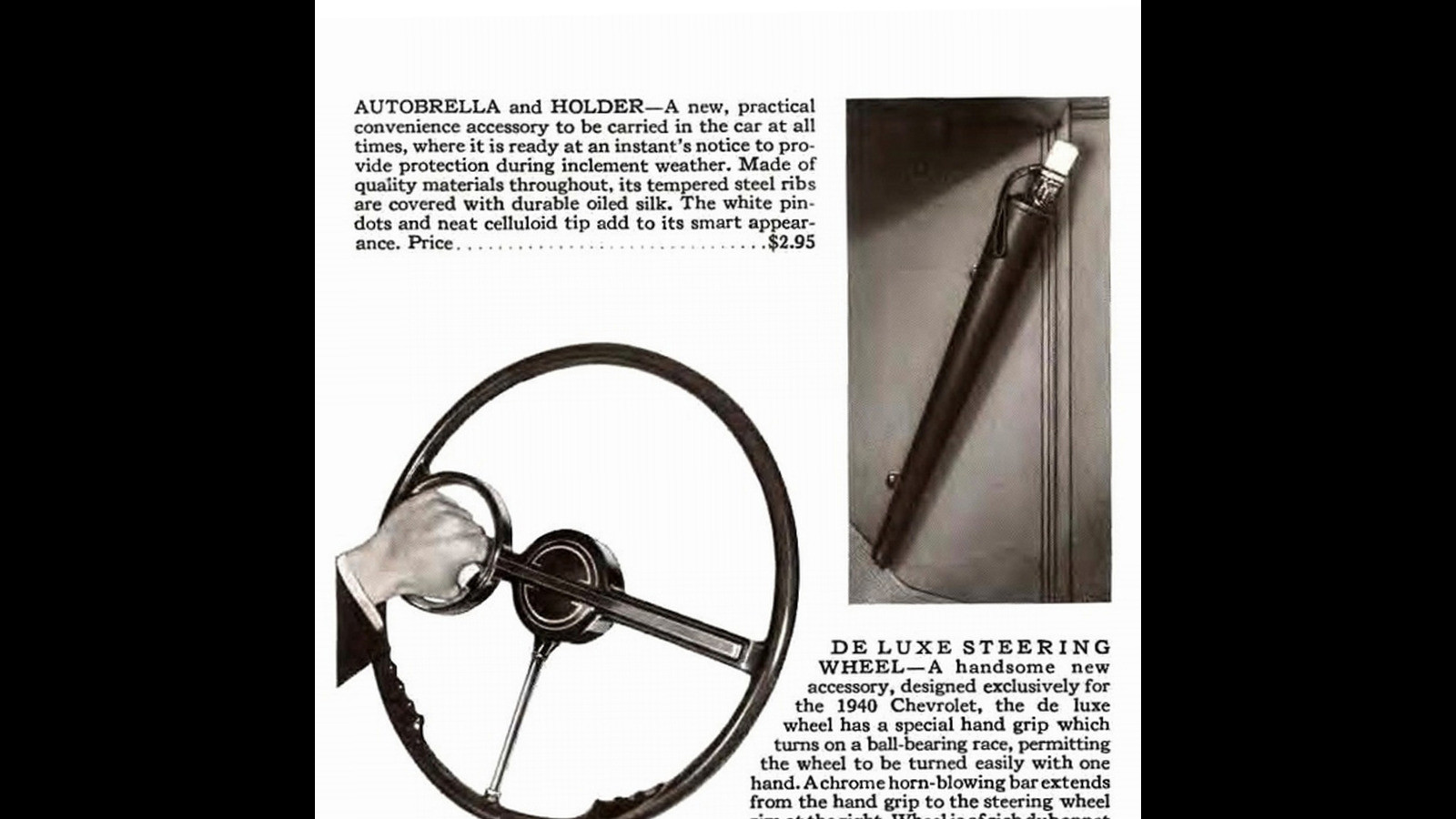 © GM/Chevrolet
© GM/Chevrolet -
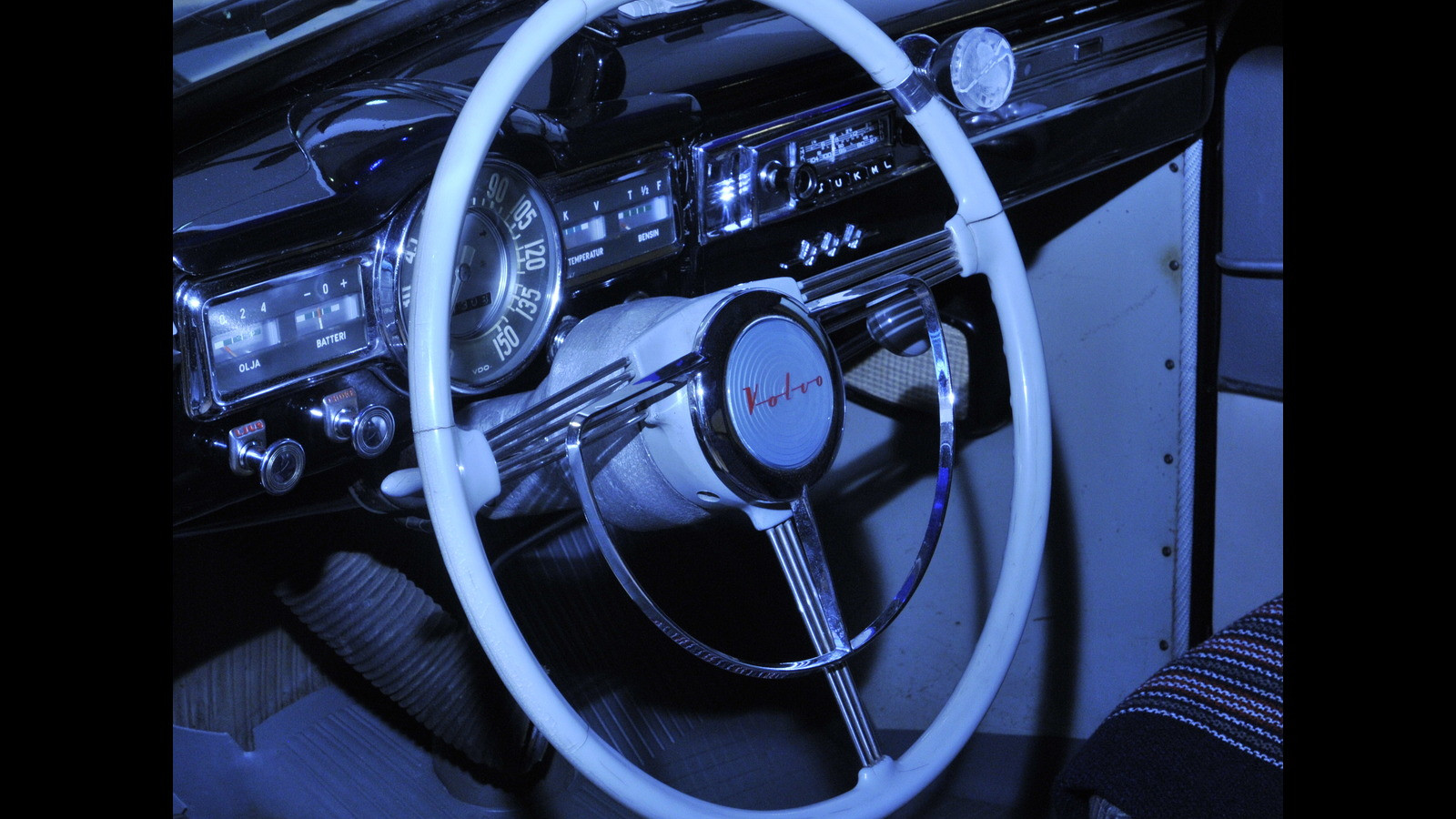 © Wikimedia Commons
© Wikimedia Commons -
 © Wikimedia Commons
© Wikimedia Commons -
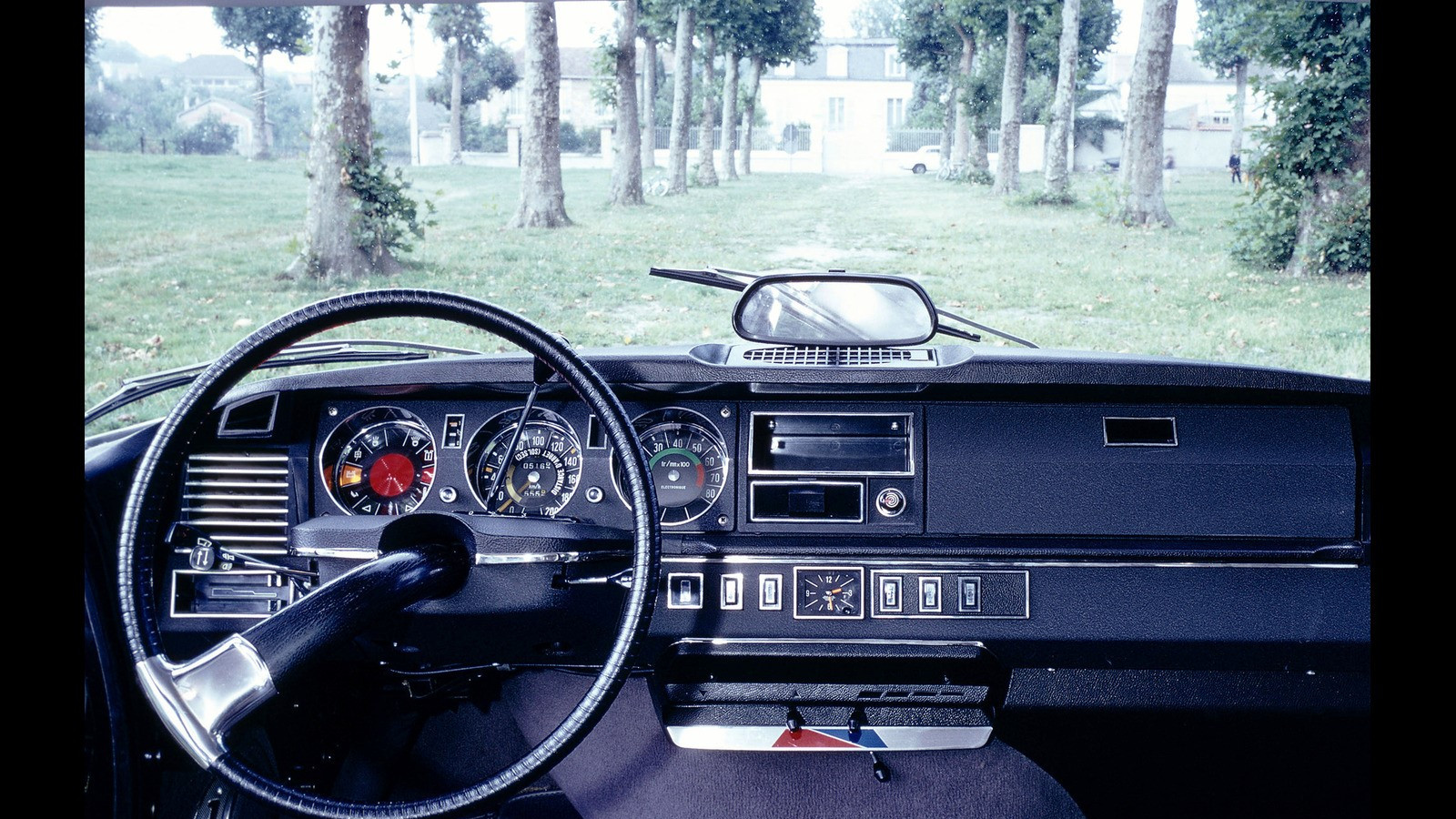 © Citroën
© Citroën -
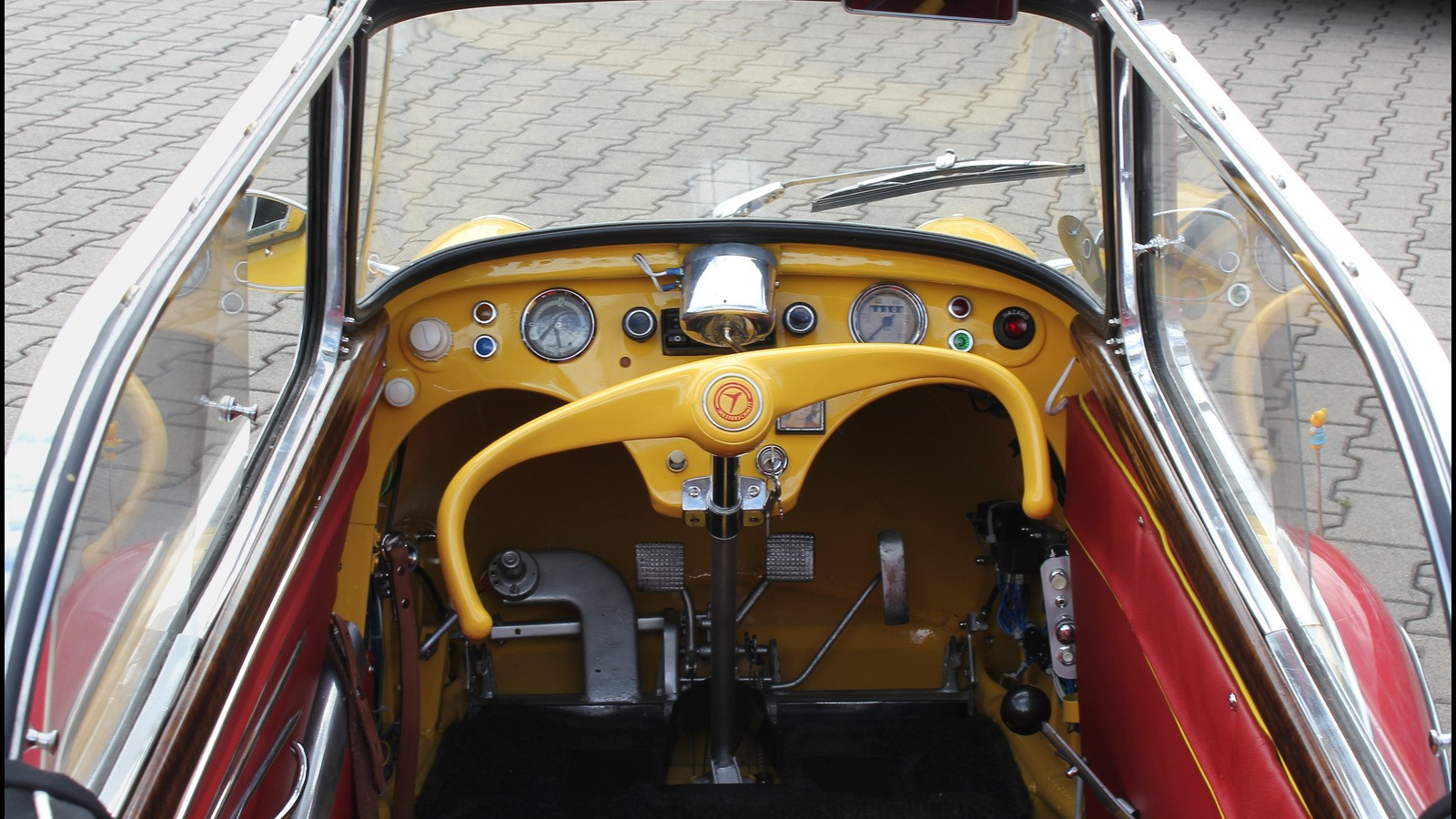 © Wikimedia Commons
© Wikimedia Commons -
 © Wikimedia Commons
© Wikimedia Commons -
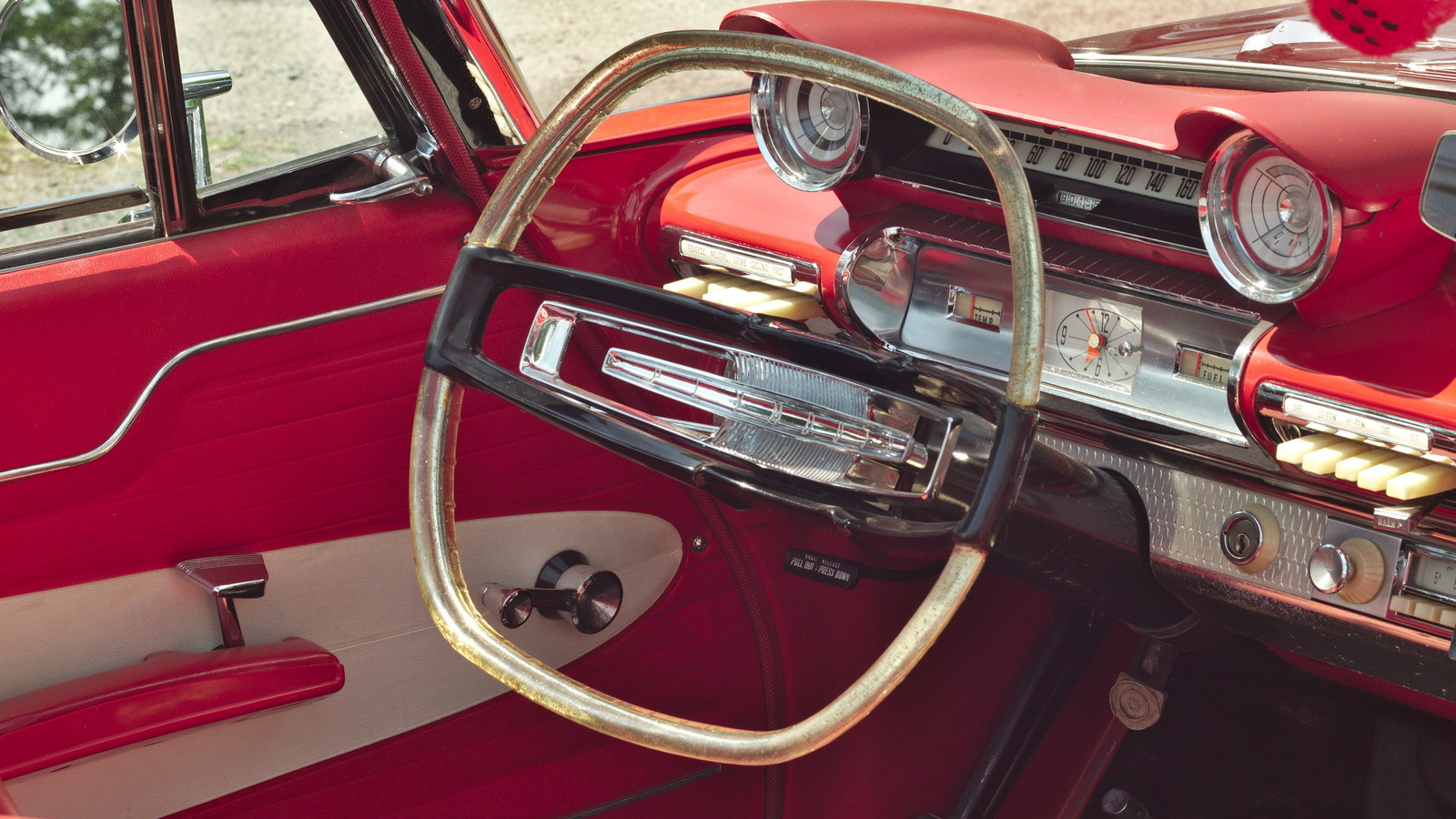 © Wikimedia Commons
© Wikimedia Commons -
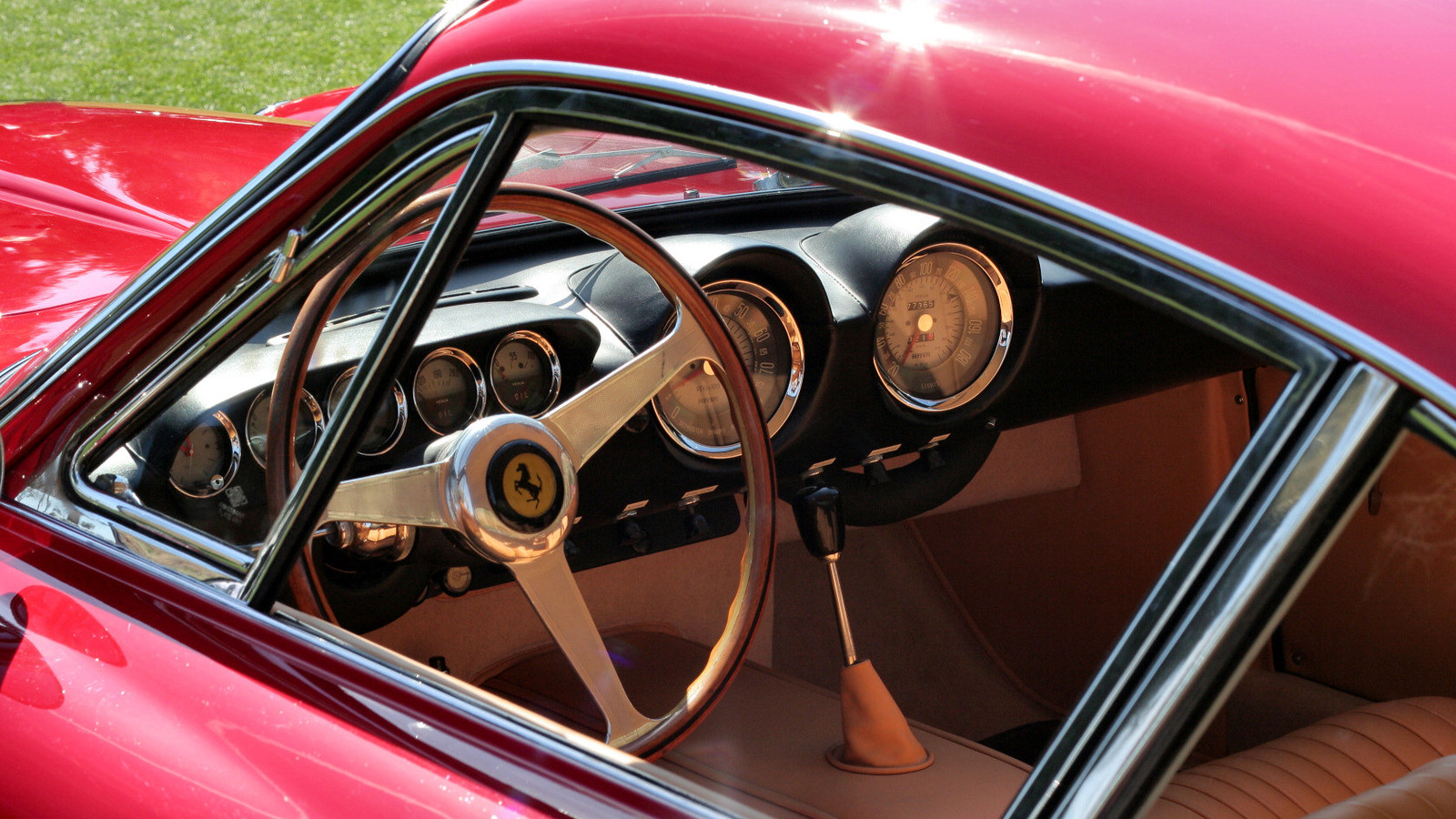 © Wikimedia Commons
© Wikimedia Commons -
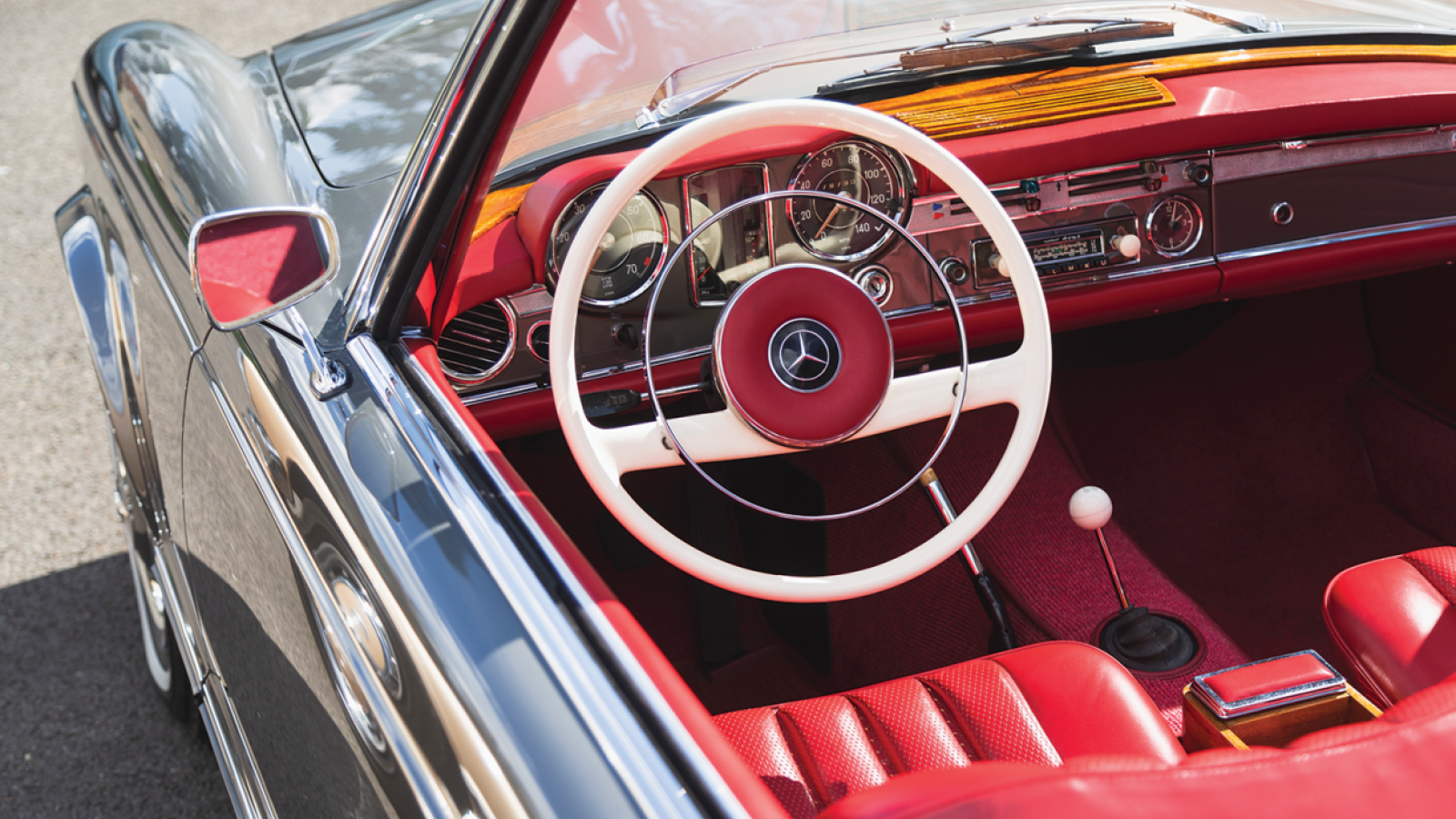 © Luc Lacey/Classic & Sports Car
© Luc Lacey/Classic & Sports Car -
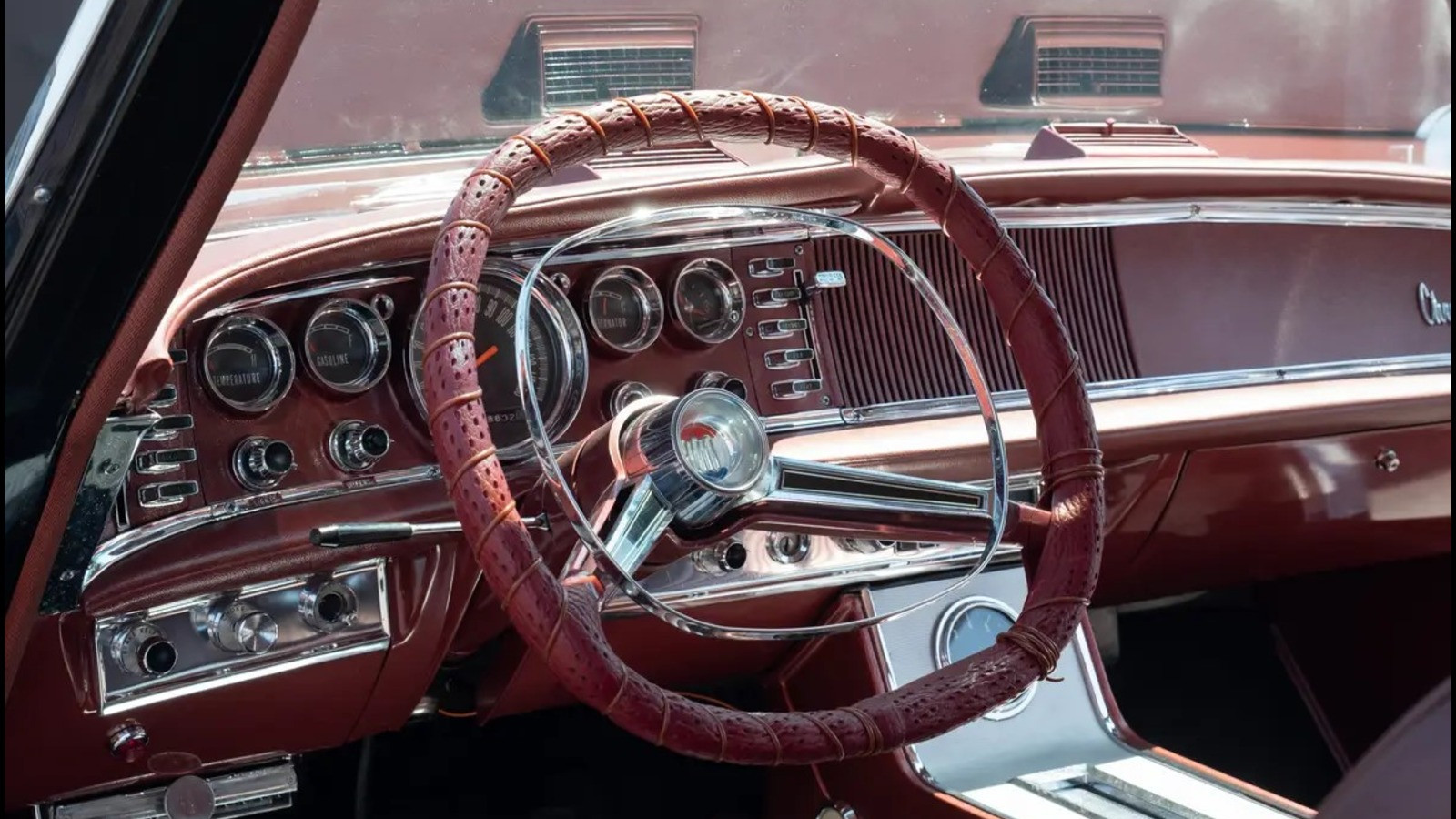 © Bonhams
© Bonhams -
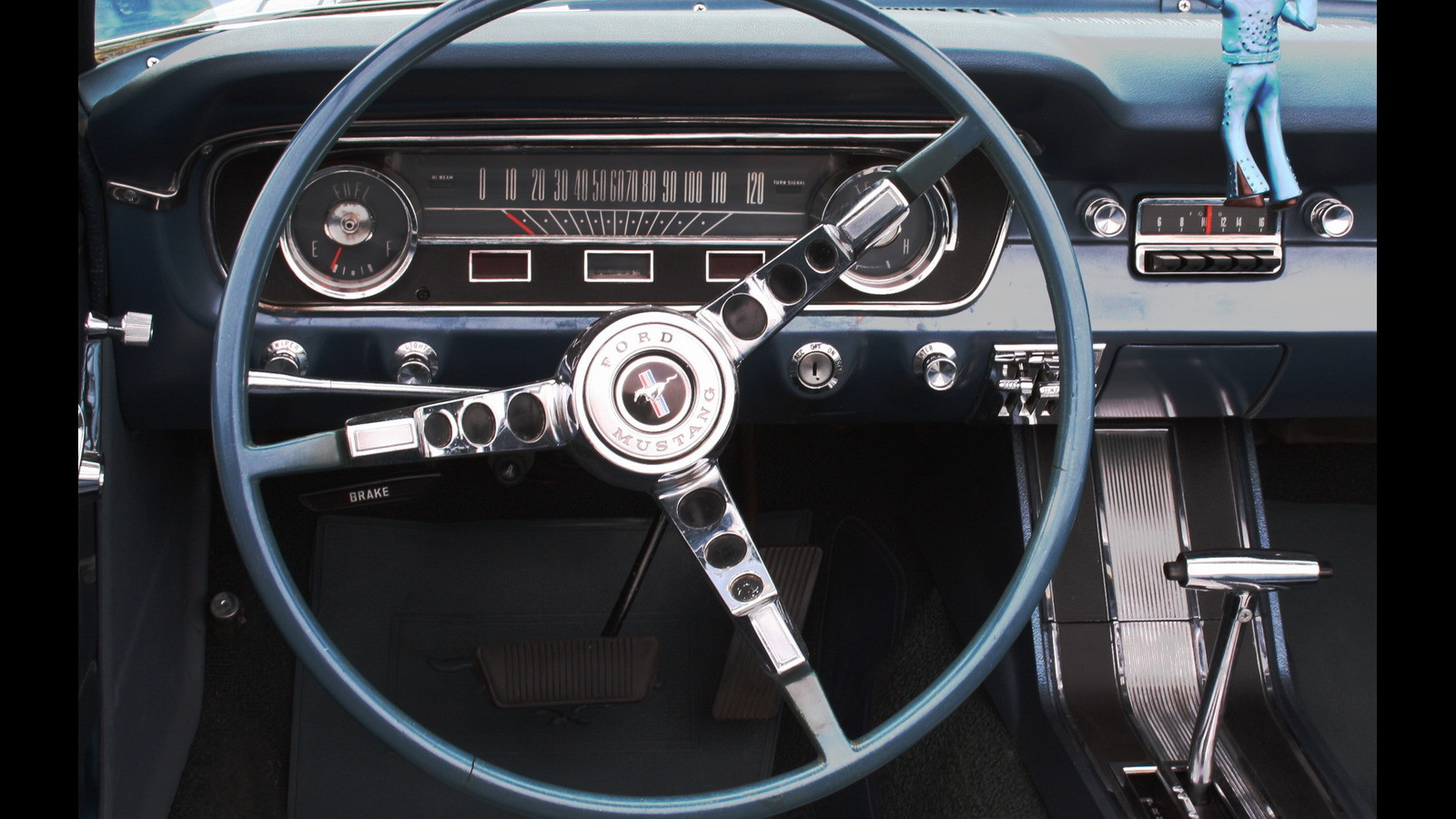 © Wikimedia Commons
© Wikimedia Commons -
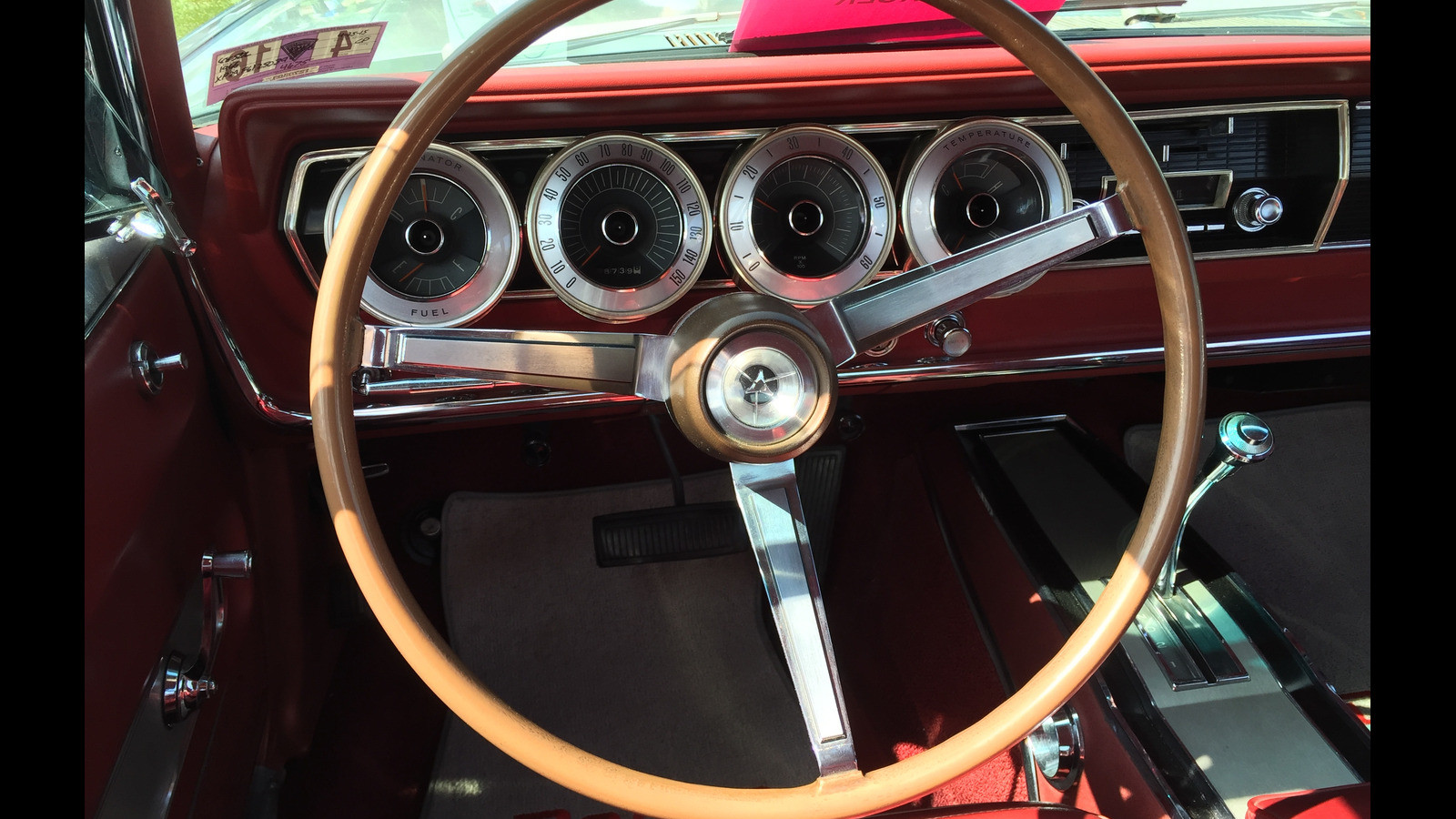 © Wikimedia Commons
© Wikimedia Commons -
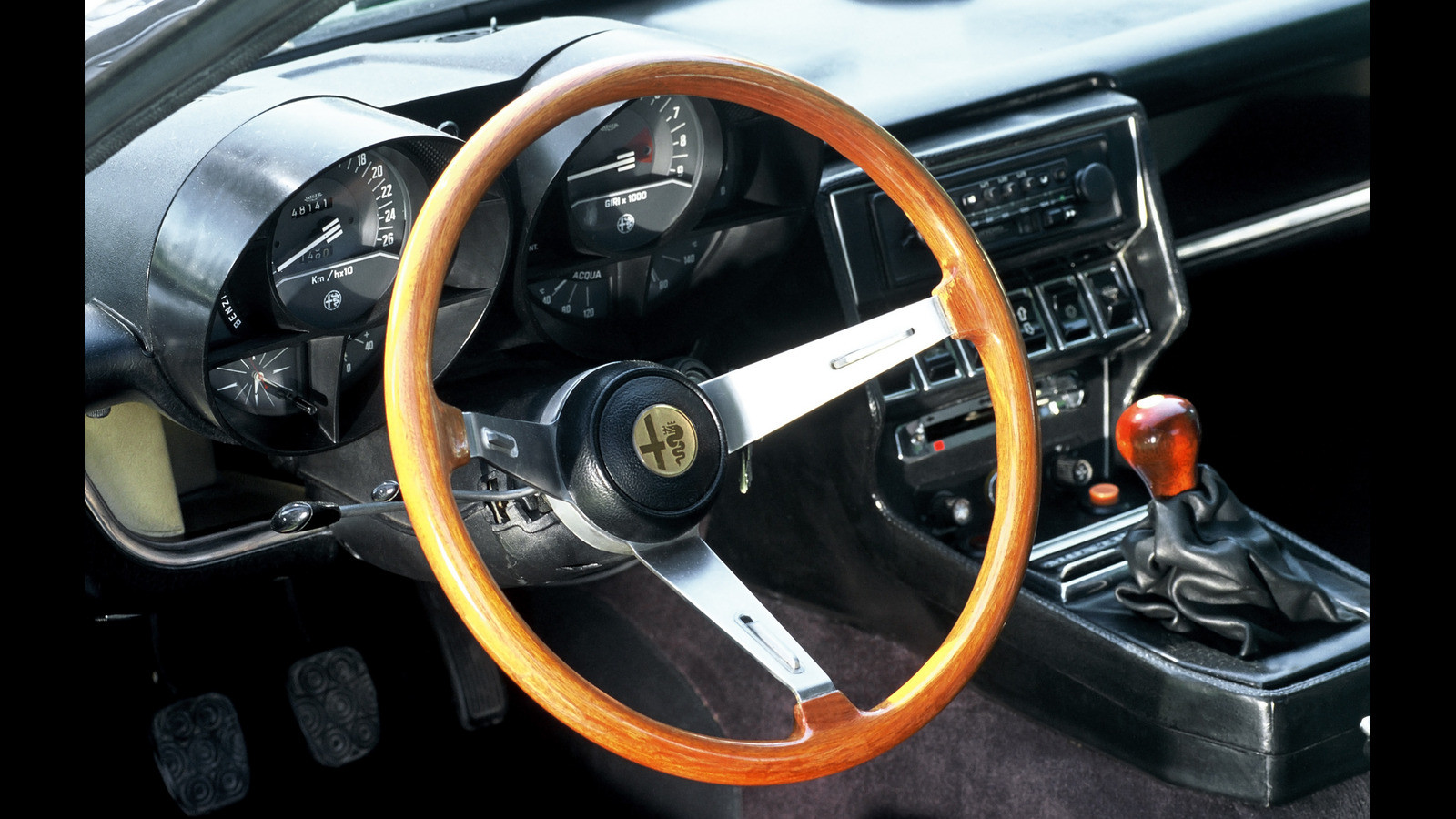 © Alfa Romeo
© Alfa Romeo -
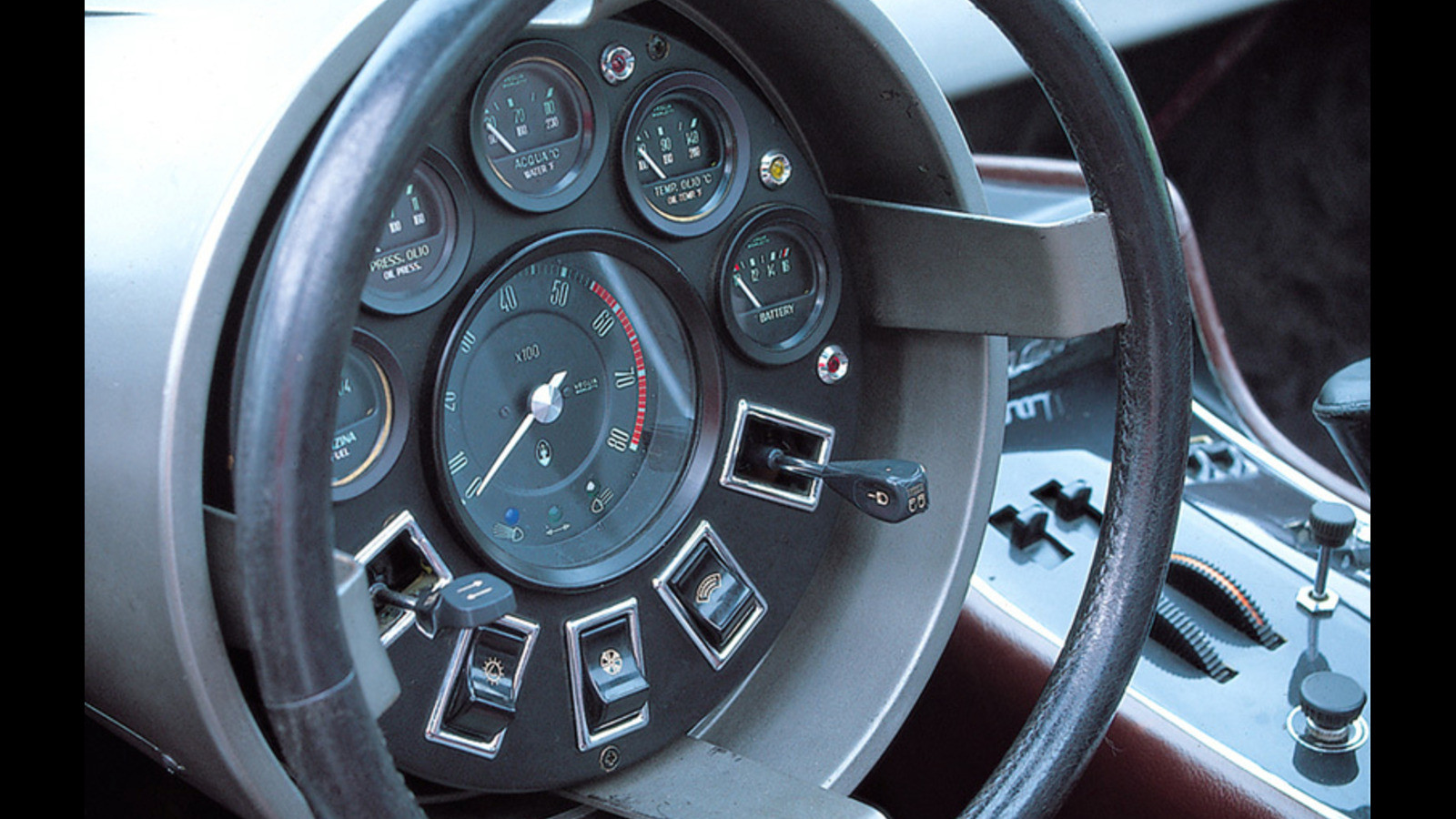 © Maserati
© Maserati -
 © John Bradshaw/Classic & Sports Car
© John Bradshaw/Classic & Sports Car -
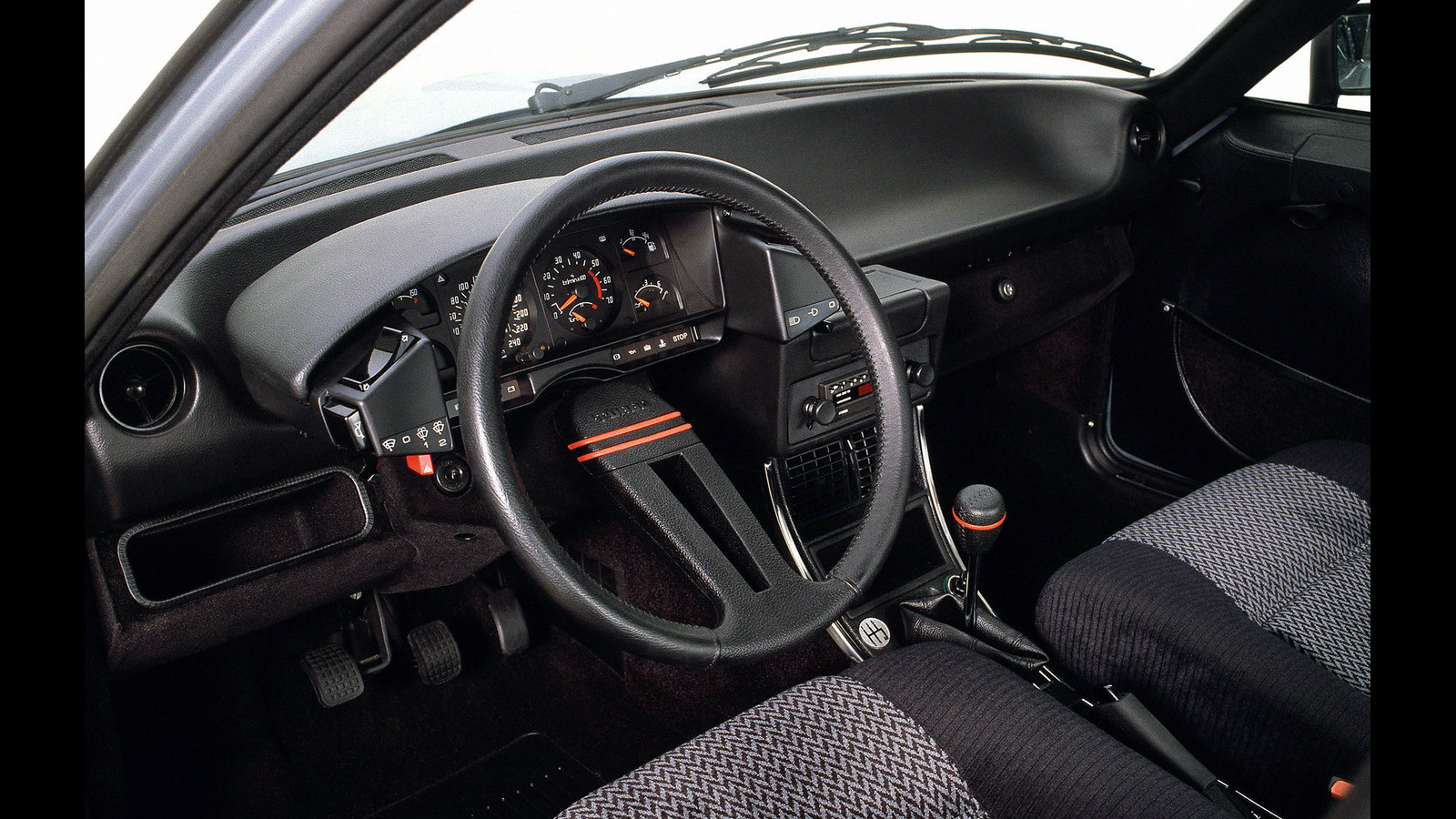 © Citroën
© Citroën -
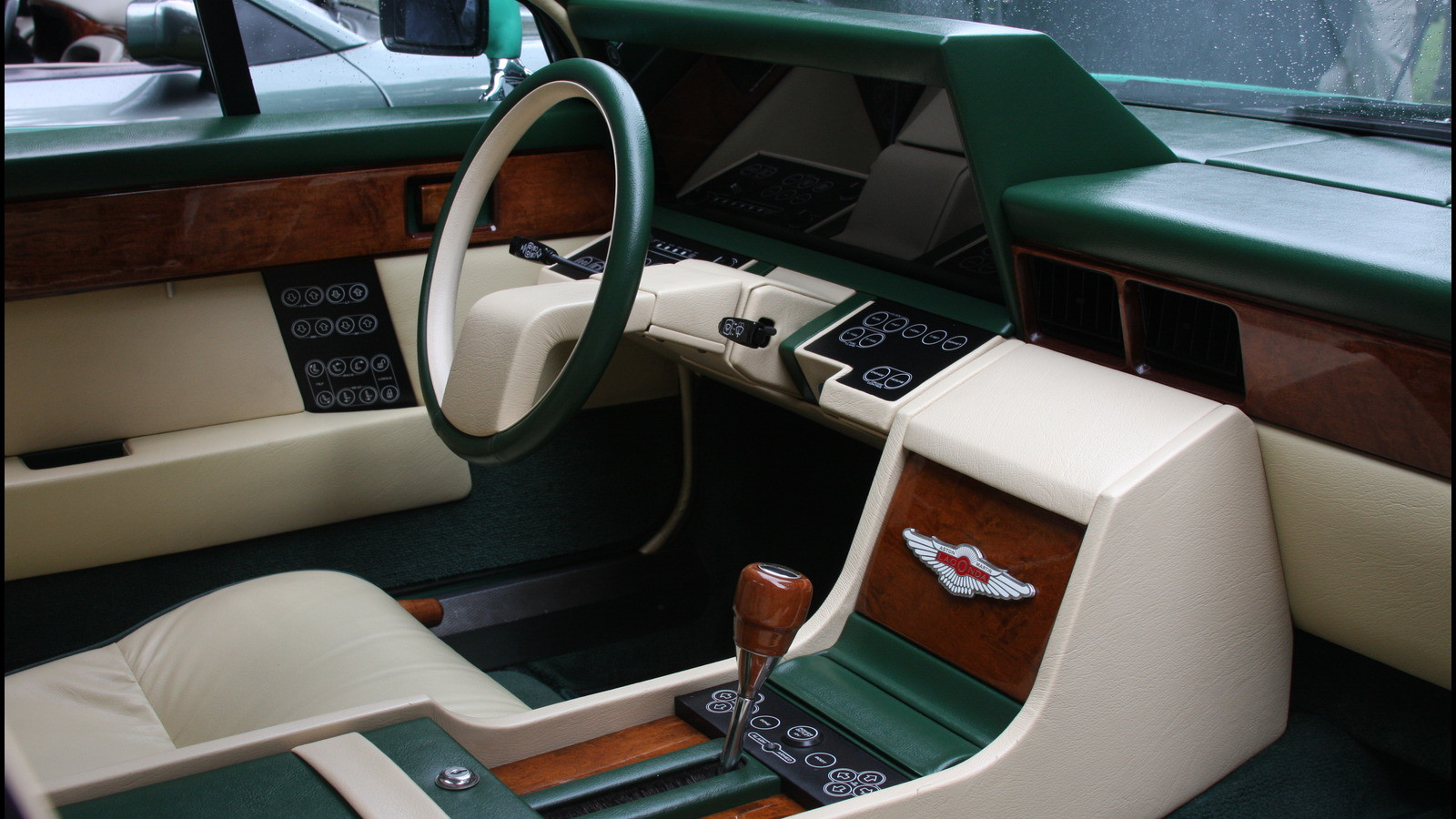 © Wikimedia Commons
© Wikimedia Commons -
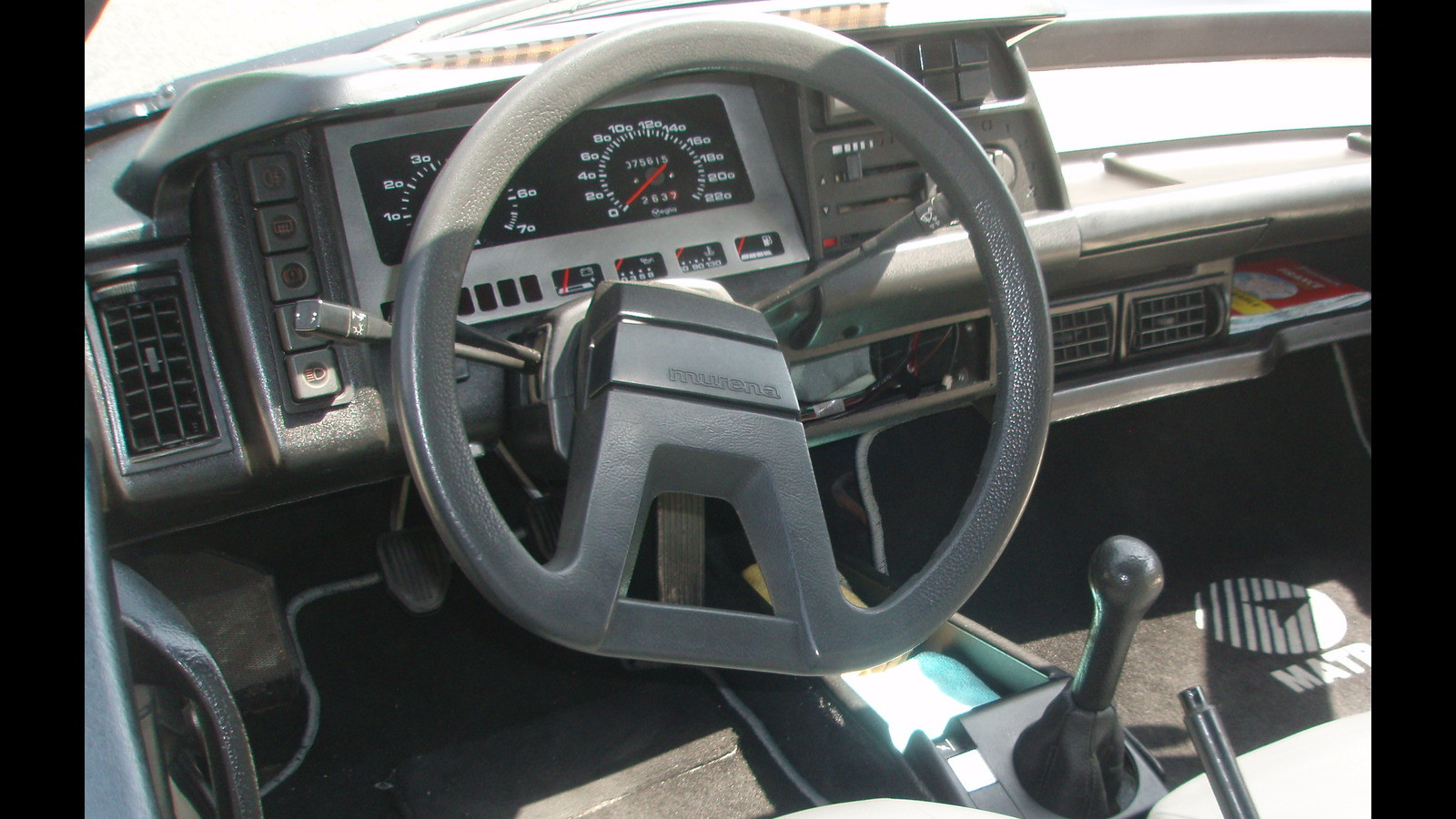 © Wikimedia Commons
© Wikimedia Commons -
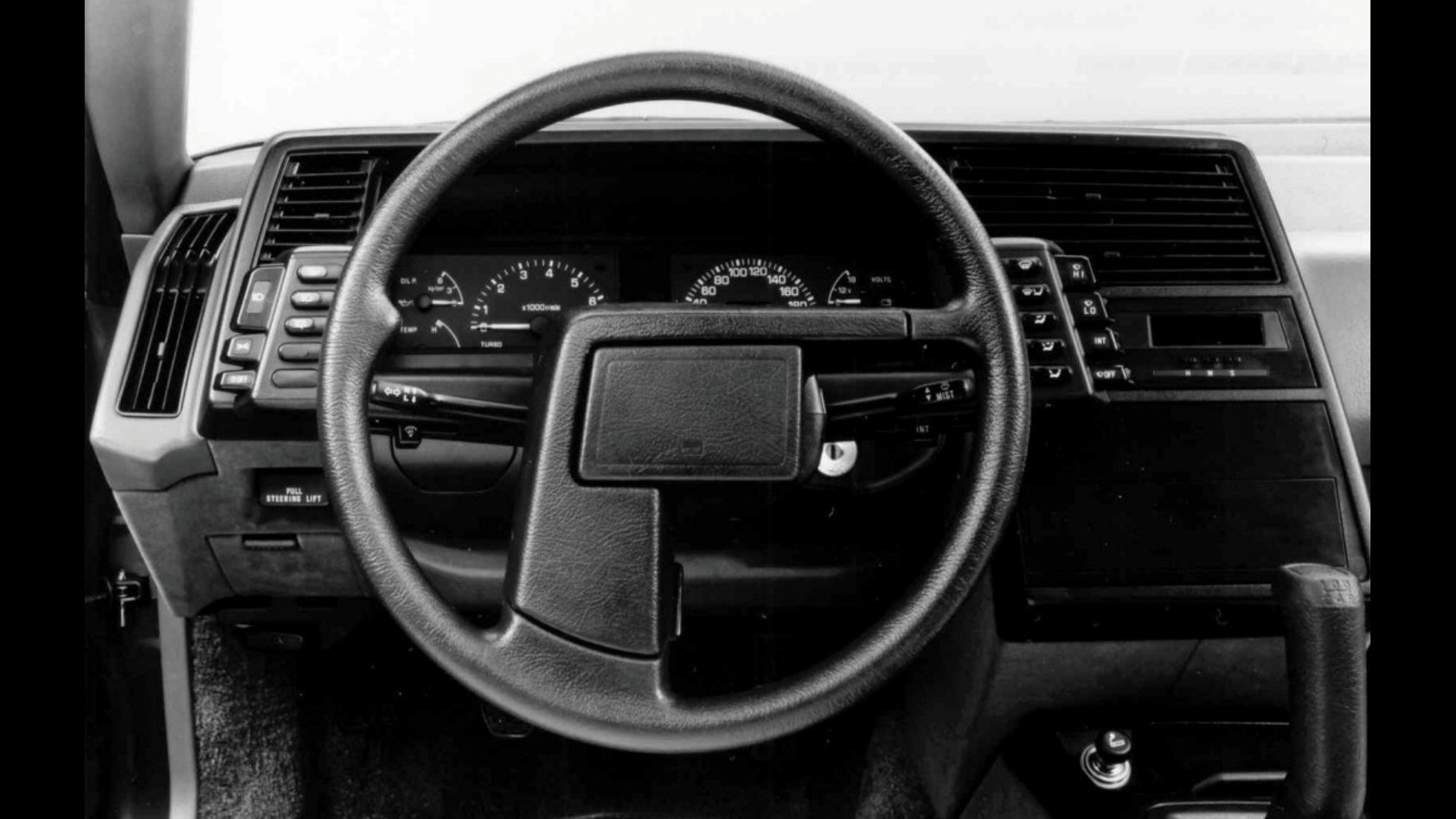 © Subaru
© Subaru -
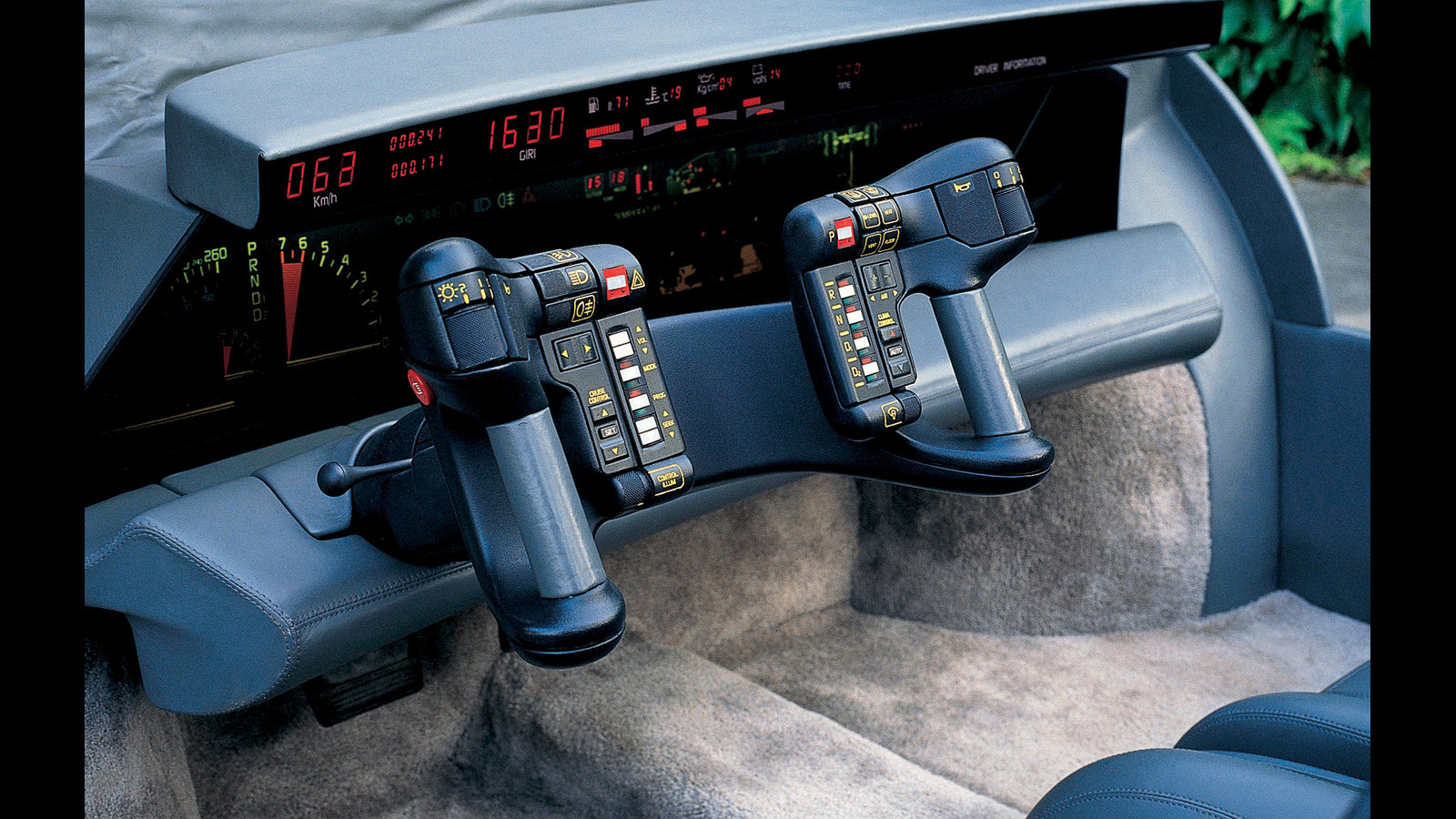 © Oldsmobile
© Oldsmobile -
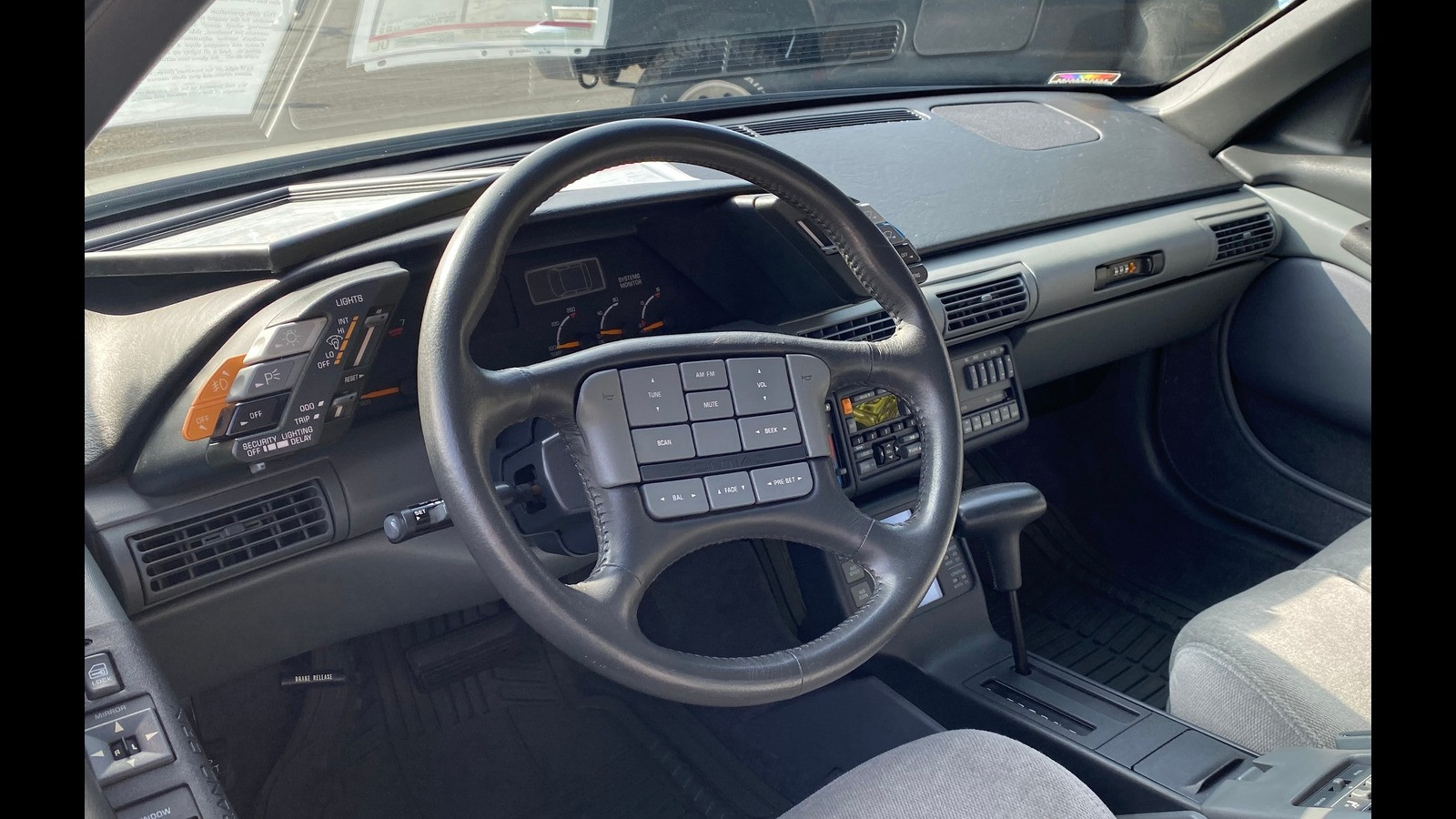 © Wikimedia Commons
© Wikimedia Commons -
 © RM Sotheby’s
© RM Sotheby’s
-
It’s in your hands
Whilst the steering wheel of a car is primarily designed to be functional and safe, in many cases it wasn’t just a way to negotiate turns or act as a control hub for electronic gizmos, it was also a focal point that brought harmony to the interior, complemented by details such as two-tone leather seats and chrome-ringed dials.
Here we’ve listed some of the most attractive helms offered by auto makers, presented from oldest to newest, to show how designs have evolved.
-
1. 1940 Chevrolet Special Deluxe Coupe
When buying a Special Deluxe Coupe, you would receive a two-spoke steering wheel complete with a circular chrome horn bar.
For those wanting something a bit different, the option of a ‘spinner’ steering wheel was available for an extra $12.50 ($262 in 2023).
The spinner option had a grip that rotated on a ball bearing, allowing the driver to easily move the steering wheel with one hand – a horn bar extended from the rotating grip to the right-hand side of the steering wheel.
-
2. 1950 Volvo PV444
In earlier examples of this model, the steering wheel had two spokes and a circular centralized horn bar, and with the speedometer sitting in the center of the dashboard, there was no need to cut holes in the upper section of the steering wheel.
In later models, the speedometer was repositioned in front of the driver which meant the steering wheel had to be redesigned.
The horn bar was cut in half, giving the driver a better view of the gages, and the steering wheel earned its name the ‘banjo wheel’, due to the banjo-string-like steel bars that replaced the spokes.
-
3. 1953 Chevrolet Corvette C1
The steering wheel in the C1’s cabin was complemented by the superfluity of chrome and brushed aluminum.
The wheel was 17in in diameter and Chevrolet drilled out three holes on each of the spokes for added flair.
The steering wheel’s center had a chrome ring which also featured the Corvette checkered flags.
There were no major safety or functionality differences here, just clean esthetics.
-
4. 1955 Citroën DS
This is surely one of the most recognizable steering wheels.
The DS was already quirky in its bodywork design, but Citroën went the extra step inside.
Cars in 1955 weren’t exactly known for having groundbreaking safety features and in the event of a head-on collision, steering wheels could do even more damage to occupants.
Citroën decided to implement its single-spoke design, which spreads the impact over a larger area of your body, rather than a centralized spear.
-
5. 1955 Messerschmitt KR200
The world went wild when Tesla allowed buyers to spec the Model S Plaid with a yoke steering wheel, but this style of steering wheel dates to the 1950s.
The KR200 was designed for those with disabilities, the aircraft-like canopy permitting good access – the yoke steering bar was meant to be easier to use for those missing limbs.
This model had an aviation background because it was produced by Messerschmitt, a company known for building fighter planes in the Second World War, and the yoke was also a nod to aviation controls.
-
6. 1956 De Soto Adventurer
There were several great automotive innovations to come from the 1950s such as air conditioning, torque converters, three-point seatbelts, electric windows, power steering and cruise control.
If you walked into a De Soto dealer in 1956, you could also spec the then-new Adventurer with a self-winding clock. Rather than the clock being mounted on the dashboard, it was in the center of the steering wheel.
If you didn’t spec it, you would still get a nice gold emblem in the middle.
-
7. 1961 Plymouth Fury
The Fury is known for being made in bright colors, being dressed in chrome and having features such as a swiveling driver's seat.
There were some noticeable differences from pre-’61 interiors, such as the gages and steering wheel.
While that steering wheel was still rectangular, older cars had circular thumb controls for the horn, while post-’61 models had a horn bar.
Whether you bought a 1959 or 1961 car, you would still get the distinctive opaque steering-wheel rim.
-
8. 1962 Ferrari 250GT Lusso
Ferrari has given us some beautiful and fast cars, but you don’t usually hear: “What a magnificent steering wheel!”
The Lusso was different. It had a three-spoke thin-rimmed steering wheel, that looked like it was large enough to steer an ocean liner.
Simplicity made it attractive. There were no holes in the spokes like that of other Ferraris, and it was complemented by the rev and speedometer dials in the middle of the dashboard.
-
9. 1963 Mercedes-Benz W113 Pagoda SL
The steering wheel found in the W113 Pagoda SL – and other Mercedes, including the W108 – didn’t have any irregularities in shape, but its design still attracted attention.
Firstly, it had two spokes, allowing the driver to see the instrument cluster more clearly.
And secondly, while horns were often a pushbutton located somewhere on the dashboard or central to the steering wheel, Mercedes-Benz integrated a chrome bar shaped so as to not obstruct the view of the dashboard dials, but still large enough to be functional.
-
10. 1963 Chrysler 300J
Although there’s nothing groundbreaking about the 300J’s steering-wheel design, it’s the shape that threw people.
It was almost square, known as a quartic.
The reason Chrysler opted for this was because it enhanced knee space, making it easier for the driver to slide in and out, if it was left in the correct position.
-
11. 1964 Ford Mustang
The Ford Mustang was presented with a long list of standard features and its introduction in 1964 set a benchmark for design.
Its 16in steering wheel consisted of three bare aluminum spokes and a centralized horn.
Its larger diameter allowed for easy turning, because only those who had deeper pockets could spec power steering.
-
12. 1966 Dodge Charger
Sitting inside a 1966 Dodge Charger, you may notice a few distinguishable features such as the chrome switchgear, the rail that runs through the middle of the car and the deep-dish-like steering wheel with its raised horn button.
On the dashboard were four dials designed by Dodge to match the three-spoke steering wheel. This meant nothing looked out of place or mismatched.
-
13. 1970 Alfa Romeo Montreal
It was cool and sleek, and it was intended to distract those looking at a Porsche 911 or Jaguar XK-E/E-type, despite the Alfa Romeo being more expensive.
The Montreal’s three-spoke steering wheel had a deep center and the rim was wrapped in a thick wood grain that looked as though it could stand years of driving by glove-wearing enthusiasts.
-
14. 1972 Maserati Boomerang
Arguably the strangest classic car on our list, and with its visual appeal perhaps a topic for discussion, the Maserati Boomerang was the work of Italdesign.
While it had plenty of talk-about features, one of the most intriguing was the steering wheel.
Rather than cluttering the dashboard with dials, stalks and buttons, Italidesign mounted these on the steering-wheel center.
Rocker switches worked the fans and lights, while two large stalks for auxiliary controls poked out the middle – it’s easy to see how it never caught on.
-
15. 1973 Austin Allegro
When Austin released the Allegro, it was met with heavy criticism and its components usually don’t make an ‘attractive features’ list.
The quartic steering wheel was a talking point, designed to give more legroom for the driver – this was new to the British market, although American auto makers had already experimented with this shape of steering wheel.
As interesting as it was, it simply wasn’t popular enough and was later dropped in favor of a more conventional item.
-
16. 1975 Citroën CX
Battling for the luxury-car throne in the 1970s were the Citroën CX and Rover SD1.
Both oozed class, both had an array of powerplants to choose from and both had zany styling cues.
If you bought the CX, you were given a nifty single-spoke steering wheel that paid homage to the DS, that we have previously mentioned – we are sure you can see the similarity.
Over the years, the design changed to feature a split in the spoke, it connected to the column at an angle of around 62 degrees and, depending on how deep your pockets were, a plaque in the center could read ‘Turbo’ or ‘GTi’.
-
17. 1976 Aston Martin Lagonda Series II
It was one of the world’s most expensive cars back in 1976, and Lagonda had introduced new levels of luxury and technology to the market.
Analog gages had been swapped for a digital display that sat behind a large pane of glass and the conventional buttons replaced with touch controls.
Rather than hiding its innovations with a large steering wheel, Lagonda introduced a single-spoke leather-wrapped design, allowing the driver to properly see the controls and digital display.
-
18. 1980 Matra Murena
Styling of car interiors in the 1980s was predicted pretty perfectly by Matra’s Murena – there was plenty of shiny plastic trim, as well as zebra-patterned seats and door cards.
It was already a bit of an oddball, being a mid-engined three-seater sports car, and the Murena’s steering wheel topped it off.
It was made of plastic and was thick-rimmed, with its two spokes at the bottom to keep the top open so drivers could read the dashboard dials.
The Toyota Supra and Datsun 280ZX would go on to have similarly designed steering wheels, but the Murena did it first.
-
19. 1985 Subaru XT
Naturally, 1980s culture influenced automotive design. For example, Knight Rider was in fashion, and it was a perfect opportunity for manufacturers to pare it all back.
The Subaru XT had a two-spoke steering wheel with a horn placed in the middle and buttons to set the optional cruise control.
The L-spoke design allowed the driver to comfortably rest his or her elbow on the door, hold the steering wheel and access the indicator stalk.
-
20. 1986 Oldsmobile Incas
While not a production car, the interior styling of the Oldsmobile Incas made it a real showstopper.
Just look at it! It appears more like an airplane cockpit than a car’s.
Oldsmobile removed all the dashboard buttons and placed them on the steering wheel, and these controlled everything from the gearbox to the cruise control.
There was no space for the indicators, however, which were on a rather bland stalk just behind the steering yoke.
-
21. 1989 Pontiac Grand Prix
Today, managing cruise control or radio volume from your steering wheel is nothing revolutionary, but it was in the 1980s.
While the first car known to have steering-wheel controls was the Pontiac 6000, the model was dropped in favor of the Grand Prix.
The Grand Prix came with a lot of changes, but Pontiac kept the central steering-wheel buttons that controlled the radio settings, while two large horn buttons sat on either side.
-
22. 2000 Spyker C8
Before cars, Spyker was best known for building coaches. The brand created its first race car in the very early 1900s, but in 1914 Spyker began making aircraft and aero engines for WW1.
The company went bust in 1922 and was revived in 1999 under the name Spyker Cars.
To pay homage to its aviation past, the then-new C8 received a steering wheel heavily influenced by an airplane’s propeller.
